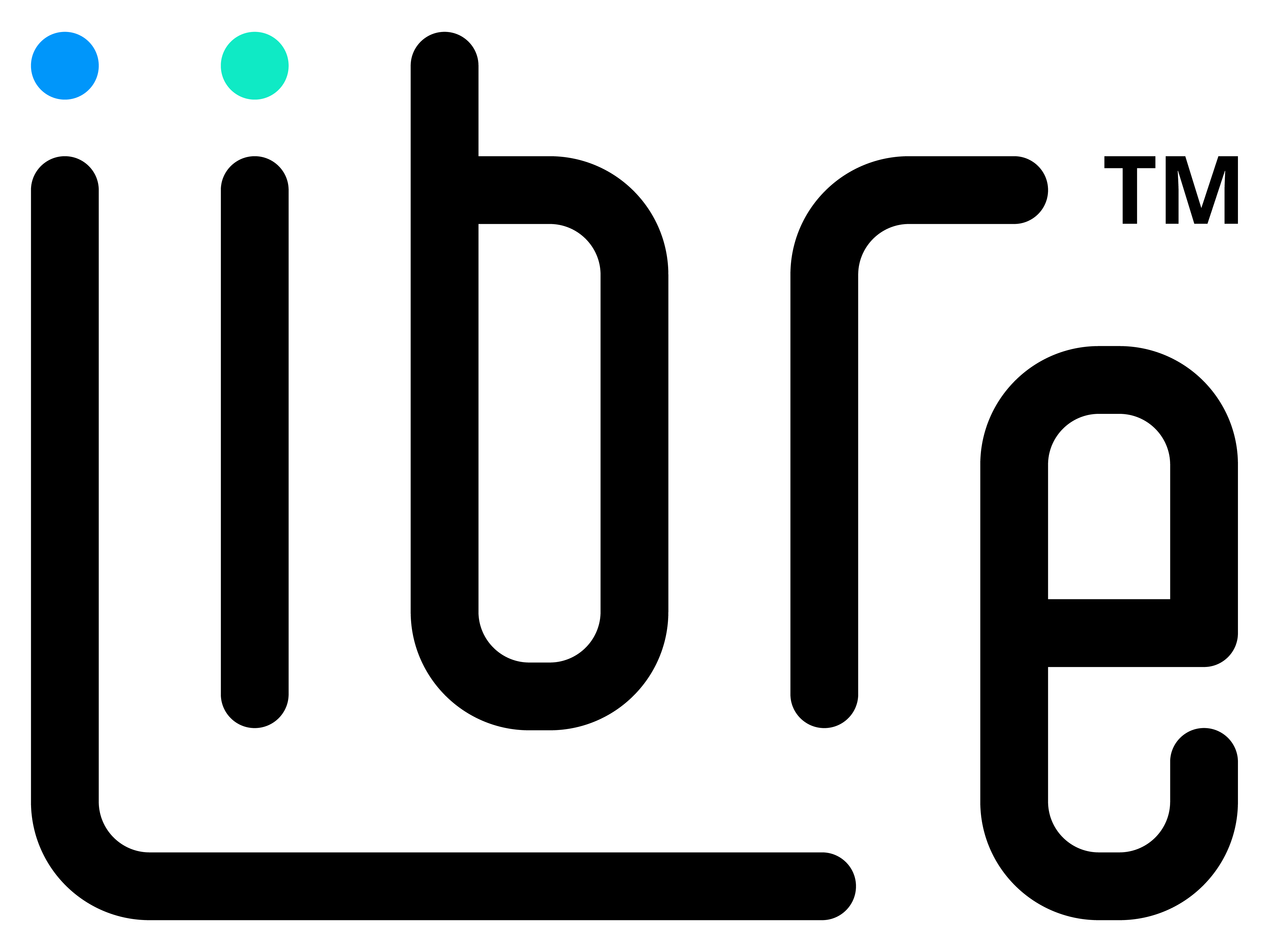At Libre Technologies, we advocate for the Manufacturer’s Bill of Rights – a manifesto that empowers Small and Medium Manufacturers (SMM) to pursue their business goals through continuous improvement in manufacturing on their own terms. The bill of rights is our effort to swing the pendulum back to the manufacturers for control of their processes and data structures. Industry 4.0 created the opportunity to capture and analyze large datasets from your production floor. However, advancement in manufacturing floor technology shouldn’t mean the SMM is constrained to digital tools that were not designed for them or that do not fit their structures (data and processes). According to the bill, the first right of every manufacturing decision-maker is to be able to identify the running production order and its progress against the schedule – without the tax to your operating margins by a cumbrous and costly enterprise-level system. There is an incredible amount of information at our fingertips in day to day life. We advocate it is the manufacturer’s right to have that same freedom of access to information about their operations, at their fingertips, in real-time, without being crushed by oppressive software costs.
We hear a lot about digital transformation these days. It’s become the newest buzz phrase which often makes it hard to separate the noise from any substance. When we are able to minimize the chatter to get to the underlying value proposition to manufacturing, we find that digital transformation drives manufacturing competitiveness, mainly through continuous improvement in manufacturing processes. Digital transformation gives visibility to your data and allows you to make decisions to drive better products, efficiency, and margins (hopefully). Yet, digital transformation is a big undertaking with many implications. When manufacturers hear they need enterprise-level software for a complex change initiative, they need to understand why they are really making that change, how it will save them time and money, and how they can maintain workforce morale during the transition.
Why Manufacturers Are Behind (The Problem)
The Internet of Things allows us to control our homes’ thermostats or monitor our front doors from anywhere via simple apps. It seems easy, but the functionality hasn’t yet penetrated deeply into manufacturing – at least in an economical way. Perhaps SMMs are put off by the costs of a full enterprise system. Or, maybe the SMM’s processes don’t fit the software available to them. We can’t blame manufacturers for resisting this change; nobody likes overhauling their operations or creating a workaround to satisfy software requirements. Because of this, many SMMs never get to realize their first right in the Manufacturer’s Bill of Rights – most importantly, in real-time.
Where should you start your manufacturing continuous improvement program? Identifying hidden factories is a great starting point. Hidden factories are the extra activities in an operation that are not planned for. These activities are events like reworks or workarounds (like trying to fit your process to fulfill a software requirement). Identifying and eradicating hidden factories with minimal capital outlay is the key here, and don’t let anyone convince you that you need expensive enterprise software to get the job done. But, what if you only have one sensor on your line, regardless of being discrete or process-based? Should you have to add more sensors or controls to capture data? Should you have to modify your data structure to meet the specifications of a software product? We don’t think so. Additionally, what if you are the Operations Manager and you know your margins are bleeding from losses, but you also know company leadership does not have the appetite to purchase and implement a large scale enterprise system? We do not think you should be limited.
Why is Continuous Improvement Important?
Identifying the running production order’s importance is obvious. So why shouldn’t decision-makers also be able to see it in real-time and compare it to the schedule, event tag, and make changes for continuous improvement? It baffles us too. Continuous improvement in manufacturing is impossible without having data to monitor and analyze. But once we have data to compare, we can determine how we are doing and make changes to optimize processes and eradicate losses!
What if your production efficiency improved by one percent right now, and that saved you $100 every day? Simple math shows us the quarterly benefits. In our experience, a one percent increase in efficiency returns much more than $100 per day. How can an efficiency improvement like this help your margins? Increased margins are the high-level benefit, but what about all of the other secondary and tertiary headaches that can be addressed and improved. Problems such as throughput rate, cycle time, and downtime can be identified and addressed.
The Solution for Continuous Improvement in Manufacturing
Manufacturers have the right to run their businesses as they see fit, not the way their software supplier dictates. After all, suppliers aren’t responsible for your P&L.
That is why we are proud and excited about Libre, an agile manufacturing solution that suits your data structure and processes. Libre is a continuous improvement tool that is free, open-sourced and gives you the freedom to monitor and improve your operations. It is a simple and powerful tool that enables you to understand your production losses, giving you real-time visibility anywhere.
If you are interested in identifying and eradicating your losses with free software, let’s talk. Learn more by visiting our Libre product page and scheduling a demo.

